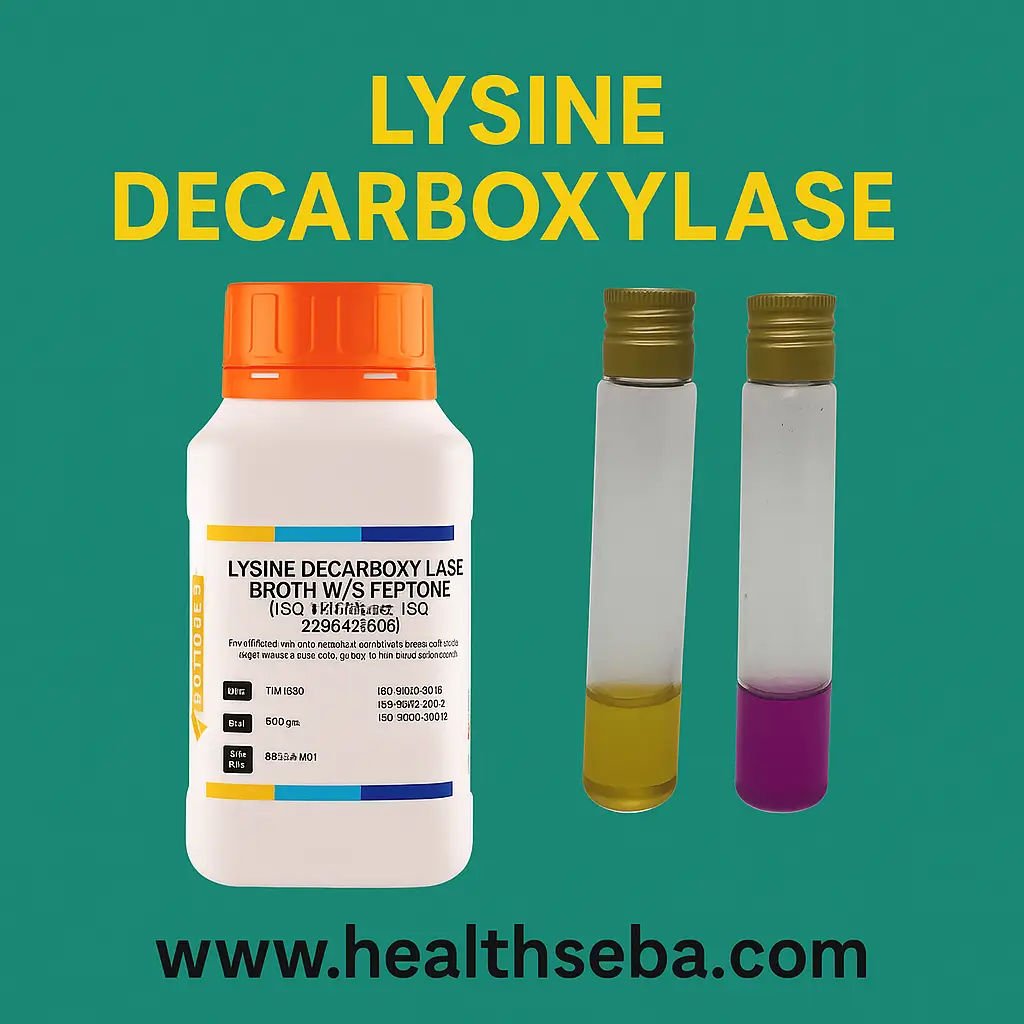Introduction
The Post Prandial Blood Sugar test gives a clear picture of glucose levels after a meal. The test shows how the body handles glucose and how strongly food affects sugar levels. Regular monitoring helps maintain proper diabetes control and prevents sudden sugar spikes.
PPBS
A PPBS test measures blood glucose exactly 2 hours after a meal. This timing shows how insulin works inside the body. Accurate testing helps achieve better diabetes control.
Needs
Most diabetic patients face major problems when sugar rises after eating. The PPBS test shows how the body handles glucose after a meal. The doctor checks this report to decide the right diet and medication for better control.
Normal Range
Normal: Below 140 mg/dL
Prediabetes: 140–199 mg/dL
Diabetes: 200 mg/dL or more
ccording to the range, the condition can be clearly understood and medical decisions can be made easier.
Prepare before the PPBS test
It is important to eat at a specific time. Avoid sweets or excess carbohydrates and eat normal food. Test after 2 hours after eating. Drinking water is not a problem, but do not drink other beverages.
Results
Consistently high results show poor glucose tolerance after meals. You can improve control by changing your diet, increasing exercise, and adjusting your medication. Comparing reports helps you understand how your body responds over time.
Who needs to be tested
The test is very important for diabetic patients, prediabetic individuals, pregnant women (with suspected GDM) and those who feel weak or dizzy after eating.
Conclusion
The Post Prandial Blood Sugar (PPBS) test plays a key role in diabetes management. It shows how much blood sugar rises after eating and helps the patient make informed decisions. Regular monitoring improves health and lowers complication risks.
Frequently Asked Questions
1. How long after a meal is PPBS tested?
The test is done 2 hours after a meal, because at this time blood sugar reaches its highest level.
2. What to do if PPBS is high?
Change your diet, increase your walking and adjust your medication as per your doctor’s advice if necessary.
3. Can FBS be normal but high PPBS cause diabetes?
Yes. This condition is called impaired glucose tolerance and is an early warning sign of diabetes.
Related Posts

Lysine Decarboxylase Test
Lysine Decarboxylase Test Introduction The Lysine Decarboxylase Test is an…

Uti During Pregnancy
Introduction Pregnancy brings many changes in a woman’s body. Hormonal…